
Discover the Best Deals for Your Pets at Pets Zone Store
Caring for pets means more than just giving love and attention. It also requires providing proper food, comfortable accessories, safe grooming products, and fun toys
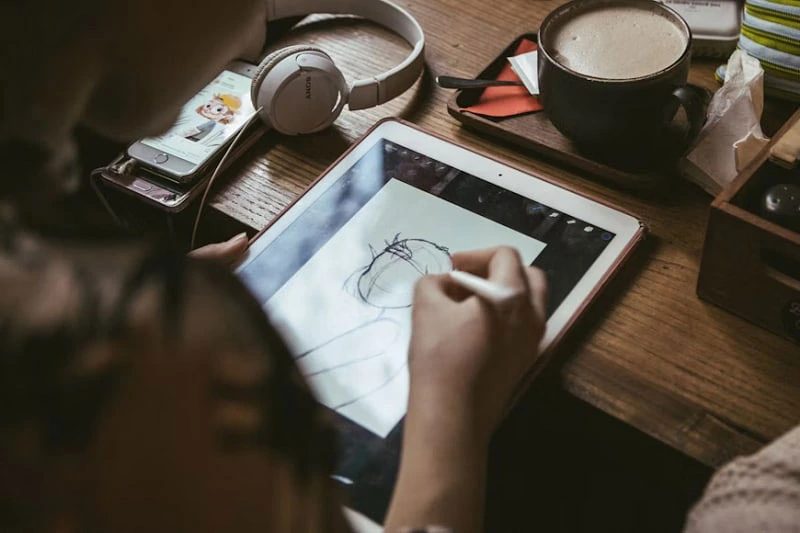
Artificial Intelligence is a technology capable of mimicking human intelligence. Today, digital developments are rapidly emerging and significantly transforming various fields. One of these is the presence of artificial intelligence on digital art workers.
Artificial intelligence has two sides that are controversial. It can open up new opportunities for artists to experiment. On the other hand, it can shift the role of artists in the creative world.
This new technology has both positive and negative impacts on various aspects of human life. Some believe the use of AI is significantly disruptive to human creativity in the arts. Others see it as a new and exciting opportunity worth exploring. This article will discuss these various impacts of artificial intelligence on digital art workers.
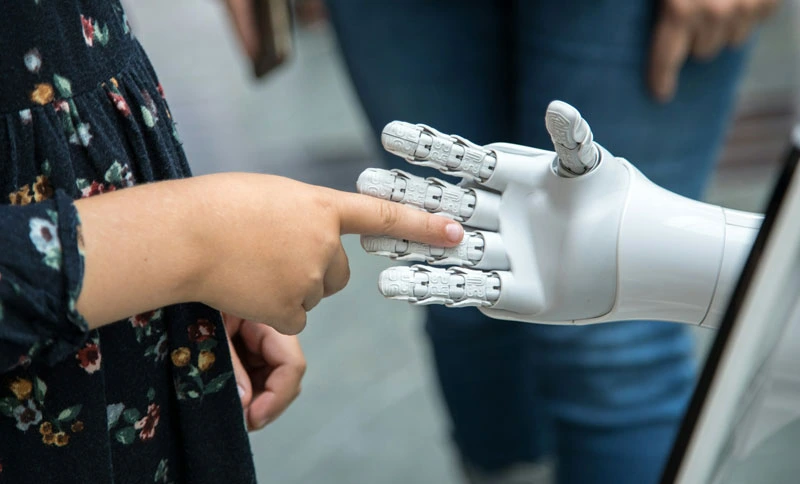
Artificial Intelligence (AI) is reshaping the arts by offering new possibilities for creativity, accessibility, and collaboration. While some view it as a challenge to traditional artistry, AI has proven to be a valuable tool that enhances rather than replaces human creativity.
Using AI can help overcome technical challenges in art creation, such as anatomy, perspective, or the composition of complex visual works. Artificial intelligence on digital art workers capable of creating aesthetically pleasing and accurate images, thereby improving the quality of their work. Furthermore, using AI allows for practical and rapid creation without compromising artistic integrity.
The presence of AI, with its various features, enables digital artists to utilize it as a new tool. Utilizing AI can expand the scope for creative exploration. Artists can combine different visual elements, styles, and techniques that were previously difficult to achieve manually. Artists can produce innovative and unique works.
Collaboration between humans and technological advancements is a natural occurrence. AI today is considered a creative partner and can inspire new ideas. Artificial intelligence on digital art workers can create diverse and experimental works that have never been thought of before.
AI technologies are being used to restore damaged artworks, digitize cultural heritage, and even reconstruct lost or incomplete pieces. This ensures that art can be preserved for future generations.
By lowering technical barriers, AI allows people without formal training to experiment with creative tools. This democratization means more voices, ideas, and perspectives can contribute to the global artistic community.
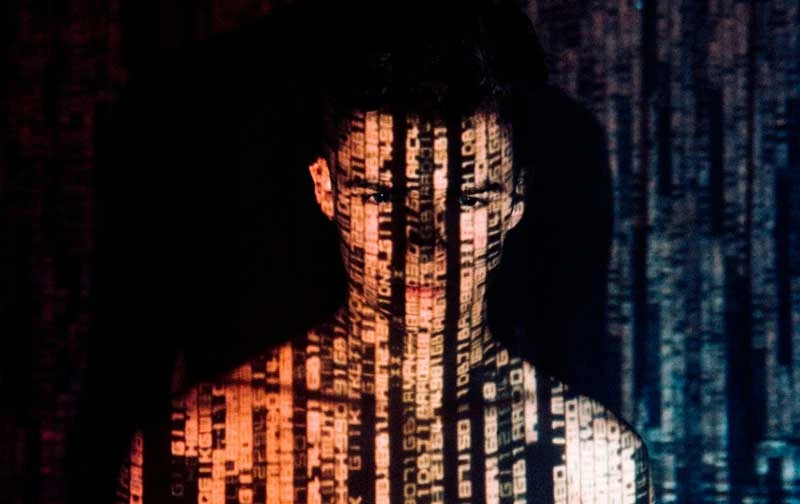
While Artificial Intelligence (AI) offers new opportunities for creativity, it also raises concerns that affect artists, audiences, and the value of art itself. These negative impacts highlight the importance of balancing innovation with ethical and cultural considerations.
The main issue in using artificial intelligence on digital art workers is originality. Using AI features in a work may lack uniqueness because it’s based solely on algorithms and pre-existing data sets. However, anyone can freely use it. Therefore, it may not fully reflect the artist’s personal identity. This certainly poses a significant challenge in appreciating the artistic value and uniqueness of AI-generated works.
The advent of artificial intelligence will raise ethical questions and debates, particularly regarding copyright. This concerns ownership and transparency in the creation process. It’s unclear who owns the rights to AI-generated artwork. Is it the device developer, the user, or the artificial intelligence itself? The lack of clear regulations could lead to future problems. Therefore, it’s crucial to ensure and develop policies to safeguard the rights and interests of all parties.
AI technology with an AI generator works by studying existing images on the internet as training data. However, these images are taken without the permission of the original owners, which can lead to copyright infringement and exploitation of the work. Many human artists have had their distinctive styles adopted by AI without their consent.
Whereas in the world of manual art, human creation is closely tied to the artist’s personal style, experience, and identity, AI-generated works lack the personal concept and emotional process. Therefore, AI-generated works lack soul or artistic depth.
The increasing use of artificial intelligence in the art world could lead to an over-reliance on technology. This could inadvertently diminish manual skills or traditional art. These skills primarily require concepts, practice, time and expertise to create expressive and unique works of art. Artificial intelligence on digital art workers if it is not used in a balanced way, the uniqueness and aesthetic value that comes from real human hands or handwriting using a computer will fade.
The emergence of Artificial Intelligence has begun to change the work landscape in the creative industry. This is already evident in the growing number of companies using AI for their needs, for example, for visual needs like social media content design, illustrations, or even promotional materials. This is due to its speed and low cost. This has indirectly reduced the demand for professional illustrators and artists. Freelancers, in particular, are particularly vulnerable to the presence of AI.
In reality, these AI features aren’t as sensitive and are very different from the personal touch of a human artist. However, the lower cost and faster turnaround time make them popular. Therefore, current trends and technological demands force artists to collaborate with AI.
Various impacts of artificial intelligence on digital art workers both the positive and negative aspects have been mentioned above. As artists, we must be able to adapt to the presence of AI and collaborate effectively. However, we must be aware of the negative impacts in terms of ethics, authenticity, and technological dependency.

Caring for pets means more than just giving love and attention. It also requires providing proper food, comfortable accessories, safe grooming products, and fun toys
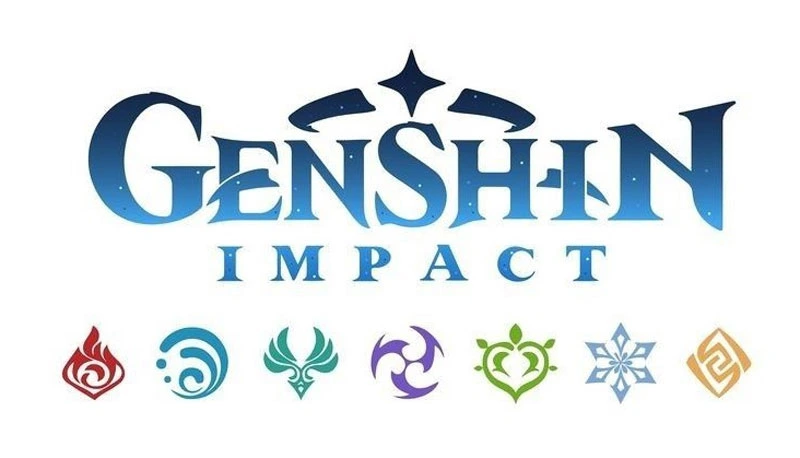
Genshin Impact offers an interactive game packed with a wide range of characters, each bringing distinct abilities, elemental skills, and personalities. Over time, constant updates
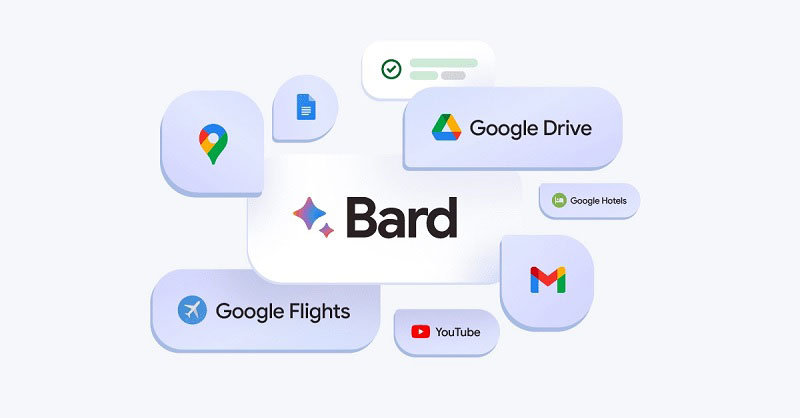
Google has announced a new automated service called “Bard”. This Bard chat AI is considered capable of providing fresh, high-quality responses to information. The announcement